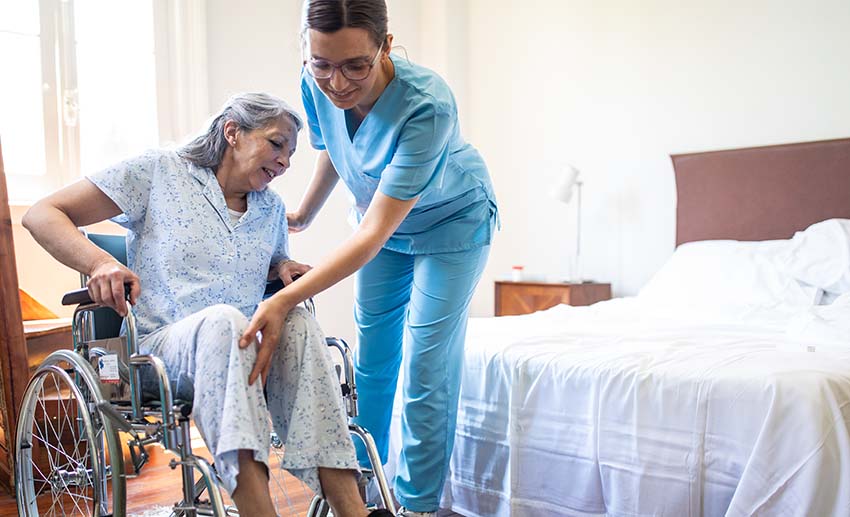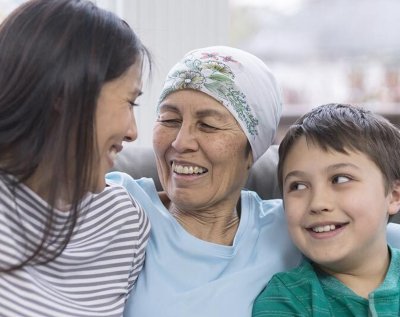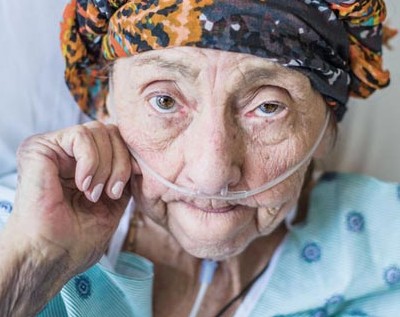By Lauren Loftis, MD, Regional Medical Director
Sepsis is a highly complex medical condition that is a leading cause of death during hospitalization in the United States. Patients who survive sepsis are at very high risk for significant functional impairment, rehospitalization, and death. Patients with medical comorbidities and advanced illnesses such as chronic obstructive pulmonary disease (COPD), heart failure, or cancer before the development of sepsis have an even higher risk of death from sepsis or within six months of discharge.
Healthcare professionals are experts in delivering timely and evidence-based high-intensity interventions to treat sepsis from the moment a sepsis alert is identified. We also have a privileged opportunity and professional responsibility to help patients and their loved ones understand the clinical trajectory of sepsis and likely outcomes.
Having honest and open conversations early, frequently, and transparently can provide a sense of control and autonomy during a critical and stressful time.
Hospice can:
- fill the gap and provide timely and ongoing support for patients and families as they travel their sepsis journey
- provide a balance between supportive clinical interventions that maximize quality of life, while recognizing that the quantity of life may be shortened
- reduce rehospitalizations and in-hospital mortality
Hospice can also provide meaningful and lasting impacts for patients’ caregivers, who report that their wishes were respected, symptoms better controlled, and who experience reduced levels of depression and complicated grief after the death of a loved one.
A Post-Sepsis Case Study

Patients with medical comorbidities and advanced illnesses before the development of sepsis have an even higher risk of death from sepsis or within six months of discharge.
MJ* is a 66-year-old retired elementary school teacher who has advanced COPD. She lives at home with her husband of 45 years, and has three grown children and many grandchildren.
She has had conversations with her family, describing her desire not to be ‘on life support,’ and enjoys participating in her community through her faith and family.
Her COPD has progressed despite maximal medical intervention, and she was recently hospitalized for a COPD exacerbation with community-acquired pneumonia. Her symptoms limit her in 3/6 activities of daily living, and she requires increased assistance at home.
MJ presents to the ED with multiple infected burns after slipping due to weakness while attempting to heat food at home. Upon arrival, she is noted to meet Systemic Inflammatory Response Syndrome (SIRS) criteria, and a rapid sepsis activation is initiated. She receives fluid resuscitation, broad-spectrum antibiotics, and wound care.
48 hours post-admission
Her condition worsened. She developed acute respiratory failure secondary to bilateral pneumonia, acute renal failure, thrombocytopenia, and hyperlactatemia. Mechanical ventilation, hemodialysis, and vasopressors were initiated.
10 days post-admission
She was weaned off the ventilator. Kidney function and labs improved, vital signs stabilized, but functional decline continued. She experienced a 20-lb weight loss and mild delirium. Now dependent in 4/6 activities of daily living, she was discharged to home health for physical therapy.
14 days post-admission
MJ’s condition continued to deteriorate. She did not tolerate physical therapy and developed progressive respiratory congestion and shortness of breath. Her primary care physician diagnosed aspiration pneumonia and recognized that MJ did not want to return to the hospital. A goals-of-care conversation revealed her request for comfort care to allow her to receive treatment at home, so she was referred to hospice and admitted the same day.
The Value of Hospice Post-Sepsis
Every patient is a unique human being with individual needs, but the systemic inflammation and life-threatening organ dysfunction associated with sepsis result in a challenging prognosis with very high mortality and morbidity. Hospice was a viable option for MJ both at the time of her critical care episode of sepsis, based on pre-hospital hospice eligibility guidelines, and increased sepsis-related clinical complications.
Appropriate hospice utilization can break the cycle of readmission and present an alternative to prolonged or invasive acute care interventions:
- Once referred to hospice, MJ received coordinated and comprehensive care at home from an interdisciplinary team, including a hospice physician, nurse, home health aide, social worker, chaplain, volunteer, respiratory therapist, and physical therapist.
- In two instances, symptom exacerbation required continuous care, which, in the absence of hospice, would require hospitalization. Instead, she received around-the-clock Intensive Comfort Care at home, honoring her wishes to remain home.
- Her care plan and the frequency of visits were adjusted in real-time to ensure her needs were met.
- She received complex modalities for high-acuity symptoms, all medications from our open formulary, and delivery of medical equipment and supplies, all part of the Medicare Hospice Benefit.
MJ died peacefully, surrounded by family, four months after discharge from the hospital. Her husband and family received bereavement support for 13 months after her death. They report that MJ’s wishes were honored, and while they grieve the loss of the family matriarch, they are grateful that they were able to spend her last chapter by her side in the family home.
Initiating Goals of Care Early and Often
Even while focused on goal-directed therapy and rapid response protocols, it’s highly beneficial to incorporate goals of care conversations and embed palliative considerations within algorithms to ensure that the care delivered is consistent with each patient’s personal goals of care. The clinical course of sepsis often unfolds rapidly within critical care environments, and it can be easy to forget that each patient is a unique human being with individual values that should be taken into consideration to ensure they are honored.
By initiating goals-of-care conversations earlier, it empowers patients and their families to make informed decisions and refocus care on improving quality of life and managing symptoms.
The ideal time to refer a patient to hospice is as soon as they are eligible. In the case of MJ, ideally, a goals of care conversation might have occurred during her hospitalization for COPD exacerbation/pneumonia, even before the development of sepsis. During her episode of sepsis, early and ongoing conversations enabled her husband and family to make key decisions to help ensure that her wishes were honored and that her care team was able to deliver person-oriented support even in the face of critical illness.
*The patient case study referenced here is a fictionalized account created for illustrative purposes. While the details reflect a typical hospice patient experience and are rooted in clinical reality, the patient initials and certain identifying information have been altered to protect privacy and ensure anonymity.


